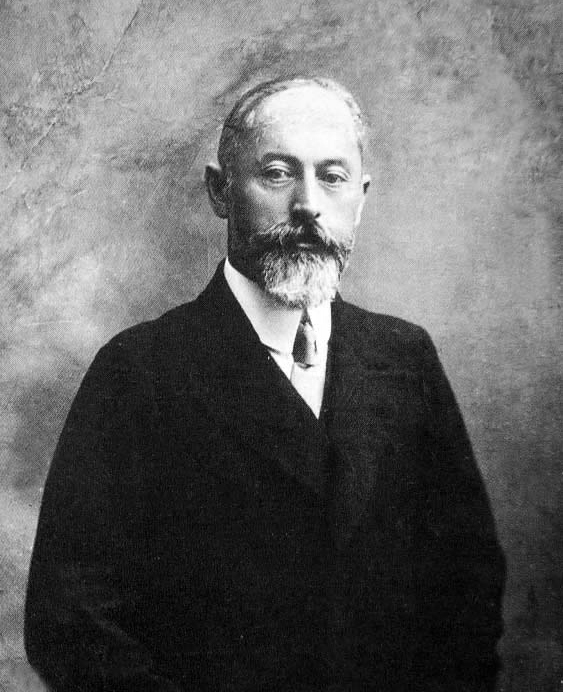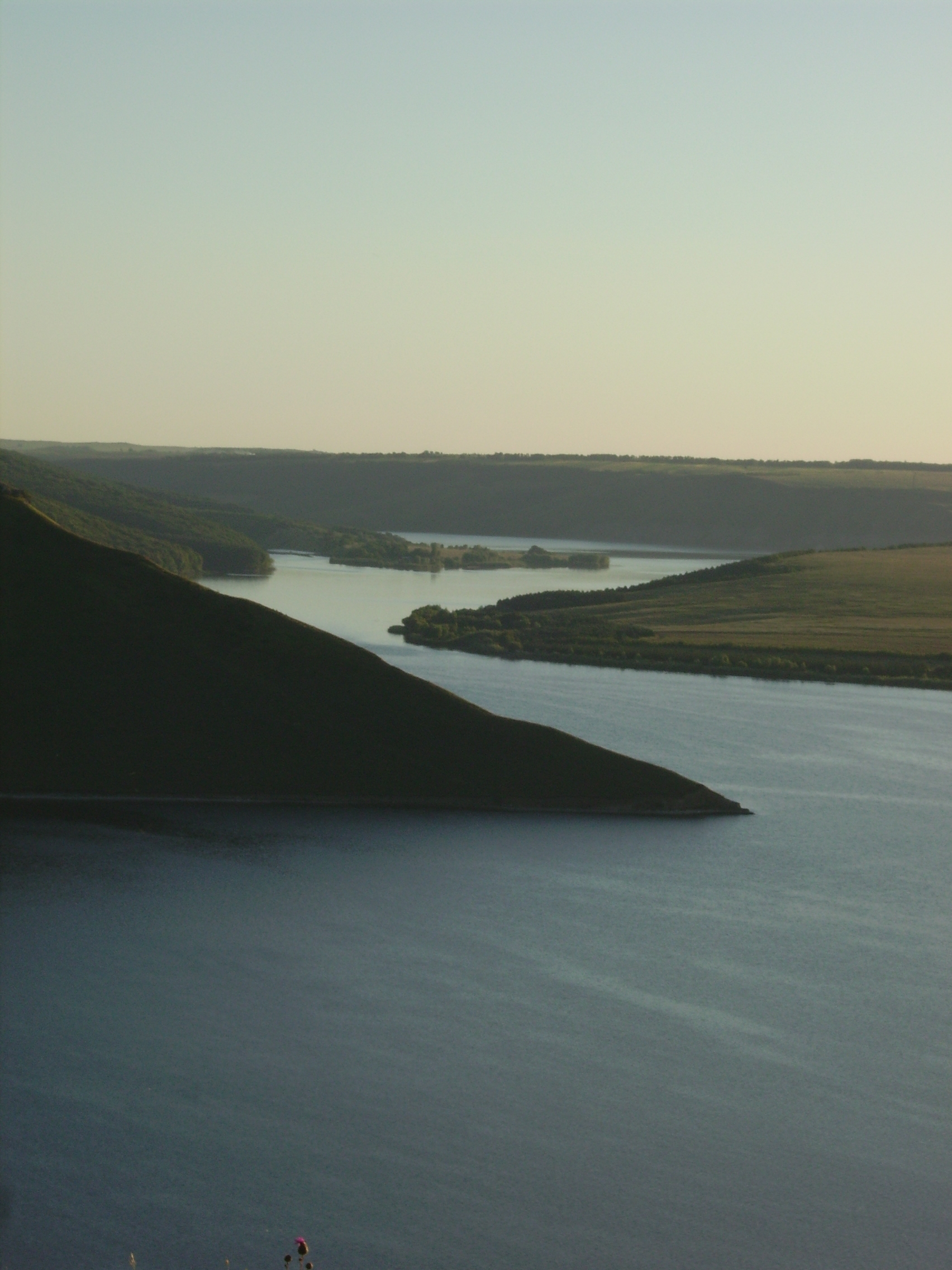|
Volodymyr Zatonsky
Volodymyr Petrovych Zatonsky ( uk, ąÆąŠą╗ąŠą┤ąĖ╠üą╝ąĖčĆ ąŚą░č鹊╠üąĮčüčīą║ąĖą╣, russian: ąÆą╗ą░ą┤ąĖ╠üą╝ąĖčĆ ą¤ąĄčéčĆąŠ╠üą▓ąĖčć ąŚą░č鹊╠üąĮčüą║ąĖą╣ ''Vladimir Petrovich Zatonsky''; July 27, 1888 – July 29, 1938) was a Soviet politician, academic, Communist Party activist, full member of the Ukrainian SSR Academy of Sciences (from 1929) and Academy of Sciences of the Soviet Union (from 1936). Early life Zatonsky was born in the village of Lysets in of Ushitsy (Ushytsia) Uyezd, Podolia Governorate, Russian Empire (now in Kamianets-Podilskyi Raion, Khmelnytskyi Oblast, Ukraine) into the family of a volost pysar. Political career He joined the Russian Social Democratic Labour Party (RSDLP) party as a Menshevik in 1905. In March 1917 he joined the Bolsheviks as the member of the Kyiv Committee, later joining the Kyiv revkom as well. He was one of few who initiated the organization of the Congress of the Workers-Peasants and Soldiers deputies as well as the military coup in ... [...More Info...] [...Related Items...] OR: [Wikipedia] [Google] [Baidu] |
Central Executive Committee Of Ukraine
All-Ukrainian Central Executive Committee ( uk, italic=yes, ąÆčüąĄčāą║čĆą░茹Įčüčīą║ąĖą╣ čåąĄąĮčéčĆą░ą╗čīąĮąĖą╣ ą▓ąĖą║ąŠąĮą░ą▓čćąĖą╣ ą║ąŠą╝č¢č鹥čé) was a representative body of the All-Ukrainian Congress of Soviets. It was the supreme legislative, administrative, executive controlling state power of Soviet Ukraine (Ukrainian SSR) between the sessions of the Congress of Soviets that acted between 1917 until 1938. In the very beginning this institution was established as the Central Executive Committee of Soviet of Ukraine at the First All-Ukrainian Congress of Soviets in Kharkiv on December 24ŌĆō25, 1917. At the same congress was elected the People's Secretariat of Ukraine. On March 19, 1919, the committee issued a declaration, in which it passed most of its authority to the Sovnarkom of Ukraine at that time headed by Christian Rakovsky. Historical scope The committee was first elected at the 1st All-Ukrainian Congress of Soviets on December 24, 1917, under the name of TsVK of S ... [...More Info...] [...Related Items...] OR: [Wikipedia] [Google] [Baidu] |
Mensheviks
The Mensheviks (russian: ą╝ąĄąĮčīčłąĄą▓ąĖą║ąĖ╠ü, from ą╝ąĄąĮčīčłąĖąĮčüčéą▓ąŠ 'minority') were one of the three dominant factions in the Russian socialist movement, the others being the Bolsheviks and Socialist Revolutionaries. The factions emerged in 1903 following a dispute within the Russian Social Democratic Labour Party (RSDLP) between Julius Martov and Vladimir Lenin. The dispute originated at the 2nd Congress of the RSDLP, ostensibly over minor issues of party organization. Martov's supporters, who were in the minority in a crucial vote on the question of party membership, came to be called ''Mensheviks'', derived from the Russian ('minority'), while Lenin's adherents were known as ''Bolsheviks'', from ('majority'). Despite the naming, neither side held a consistent majority over the course of the entire 2nd Congress, and indeed the numerical advantage fluctuated between both sides throughout the rest of the RSDLP's existence until the Russian Revolution. The split pr ... [...More Info...] [...Related Items...] OR: [Wikipedia] [Google] [Baidu] |
Menshevik
The Mensheviks (russian: ą╝ąĄąĮčīčłąĄą▓ąĖą║ąĖ╠ü, from ą╝ąĄąĮčīčłąĖąĮčüčéą▓ąŠ 'minority') were one of the three dominant factions in the Russian socialist movement, the others being the Bolsheviks and Socialist Revolutionaries. The factions emerged in 1903 following a dispute within the Russian Social Democratic Labour Party (RSDLP) between Julius Martov and Vladimir Lenin. The dispute originated at the 2nd Congress of the RSDLP, ostensibly over minor issues of party organization. Martov's supporters, who were in the minority in a crucial vote on the question of party membership, came to be called ''Mensheviks'', derived from the Russian ('minority'), while Lenin's adherents were known as ''Bolsheviks'', from ('majority'). Despite the naming, neither side held a consistent majority over the course of the entire 2nd Congress, and indeed the numerical advantage fluctuated between both sides throughout the rest of the RSDLP's existence until the Russian Revolution. The spl ... [...More Info...] [...Related Items...] OR: [Wikipedia] [Google] [Baidu] |
Russian Social Democratic Labour Party
The Russian Social Democratic Labour Party (RSDLP; in , ''Rossiyskaya sotsial-demokraticheskaya rabochaya partiya (RSDRP)''), also known as the Russian Social Democratic Workers' Party or the Russian Social Democratic Party, was a socialist political party founded in 1898 in Minsk (then in Northwestern Krai of the Russian Empire, present-day Belarus). Formed to unite the various revolutionary organizations of the Russian Empire into one party, the RSDLP split in 1903 into Bolsheviks ("majority") and Mensheviks ("minority") factions, with the Bolshevik faction eventually becoming the Communist Party of the Soviet Union. History Origins and early activities The RSDLP was not the first Russian Marxist group; the Emancipation of Labour group had been formed in 1883. The RSDLP was created to oppose the revolutionary populism of the Narodniks, which was later represented by the Socialist Revolutionary Party (SRs). The RSLDP was formed at an underground conference in Minsk ... [...More Info...] [...Related Items...] OR: [Wikipedia] [Google] [Baidu] |
Scribe
A scribe is a person who serves as a professional copyist, especially one who made copies of manuscripts before the invention of automatic printing. The profession of the scribe, previously widespread across cultures, lost most of its prominence and status with the advent of the printing press. The work of scribes can involve copying manuscripts and other texts as well as secretarial and administrative duties such as the taking of dictation and keeping of business, judicial, and historical records for kings, nobles, temples, and cities. The profession has developed into public servants, journalists, accountants, bookkeepers, typists, and lawyers. In societies with low literacy rates, street-corner letter-writers (and readers) may still be found providing scribe service. Ancient Egypt One of the most important professionals in ancient Egypt was a person educated in the arts of writing (both hieroglyphics and hieratic scripts, as well as the demotic script from the second ... [...More Info...] [...Related Items...] OR: [Wikipedia] [Google] [Baidu] |
Volost
Volost ( rus, ą▓ąŠ╠üą╗ąŠčüčéčī, p=╦łvol╔Ös╩▓t╩▓; ) was a traditional administrative subdivision in Eastern Europe. In earlier East Slavic history, ''volost'' was a name for the territory ruled by the knyaz, a principality; either as an absolute ruler or with varying degree of autonomy from the ''Velikiy Knyaz'' (Grand Prince). Starting from the end of the 14th century, ''volost'' was a unit of administrative division in Grand Duchy of Lithuania, Poland, Muscovy, lands of modern Latvia and Ukraine. Since about the 16th century it was a part of provincial districts that were called "uezd" in Muscovy and the later Russian Empire. Each uezd had several volosts that were subordinated to the uezd city. After the abolition of Russian serfdom in 1861, ''volost'' became a unit of peasant's local self-rule. A number of mirs are united into a volost, which has an assembly consisting of elected delegates from the mirs. These elect an elder (''starshina'') and, hitherto, a court of justice ( ... [...More Info...] [...Related Items...] OR: [Wikipedia] [Google] [Baidu] |
Ukraine
Ukraine ( uk, ąŻą║čĆą░茹Įą░, Ukra├»na, ) is a country in Eastern Europe. It is the second-largest European country after Russia, which it borders to the east and northeast. Ukraine covers approximately . Prior to the ongoing Russian invasion, it was the eighth-most populous country in Europe, with a population of around 41 million people. It is also bordered by Belarus to the north; by Poland, Slovakia, and Hungary to the west; and by Romania and Moldova to the southwest; with a coastline along the Black Sea and the Sea of Azov to the south and southeast. Kyiv is the nation's capital and largest city. Ukraine's state language is Ukrainian; Russian is also widely spoken, especially in the east and south. During the Middle Ages, Ukraine was the site of early Slavic expansion and the area later became a key centre of East Slavic culture under the state of Kievan Rus', which emerged in the 9th century. The state eventually disintegrated into rival regional powers and ... [...More Info...] [...Related Items...] OR: [Wikipedia] [Google] [Baidu] |
Khmelnytskyi Oblast
Khmelnytskyi Oblast ( uk, ąźą╝ąĄą╗čīąĮąĖ╠üčåčīą║ą░ ąŠ╠üą▒ą╗ą░čüčéčī, translit=Khmelnytska oblast; also referred to as Khmelnychchyna ŌĆö uk, ąźą╝ąĄą╗čīąĮąĖ╠üčćčćąĖąĮą░) is an oblast (province) of western Ukraine covering portions of the historical regions of western Podolia and southern Volhynia. The administrative center of the oblast is the city of Khmelnytskyi. The current estimated population is around . Created in 1937 out of border okrugs of Vinnytsia Oblast, in 1941ŌĆō44 it was under Nazi Germany occupation and part of the Reichskommissariat Ukraine (Wolhynien und Podolien general district). Following the Kamenets-Podolsky pocket in spring of 1944 as part of the Proskurov-Chernovtsy operation, Soviet troops removed the German occupation in the region. Until 4 February 1954 it was called Kamianets-Podilsky Oblast () and was centered in Kamianets-Podilsky until 1941. The region rebranding took place after the official renaming of the region's administrative center to ... [...More Info...] [...Related Items...] OR: [Wikipedia] [Google] [Baidu] |
Kamianets-Podilskyi Raion
Kamianets-Podilskyi Raion ( uk, ąÜą░ą╝'čÅąĮąĄčåčī-ą¤ąŠą┤č¢ą╗čīčüčīą║ąĖą╣ čĆą░ą╣ąŠąĮ, ) is one of the three administrative raions (a ''district'') of the Khmelnytskyi Oblast in western Ukraine. Its administrative center is located in the city of Kamianets-Podilskyi. Its population was 75,506 in the 2001 Ukrainian Census and On 18 July 2020, as part of the administrative reform of Ukraine, the number of raions of Khmelnytskyi Oblast was reduced to three, and the area of Kamianets-Podilskyi Raion was significantly expanded. Three abolished raions, Chemerivtsi, Dunaivtsi, and Nova Ushytsia Raions, as well as the city of Kamianets-Podilskyi, which was previously incorporated as a city of oblast significance and did not belong to the raion, were merged into Kamianets-Podilskyi Raion. The January 2020 estimate of the raion population was Geography Kamianets-Podilskyi Raion is located in the southernmost part of the Khmelnytskyi Oblast, corresponding to the modern-day boundaries ... [...More Info...] [...Related Items...] OR: [Wikipedia] [Google] [Baidu] |
Uyezd
An uezd (also spelled uyezd; rus, čāąĄ╠üąĘą┤, p=╩Ŗ╦łjest), or povit in a Ukrainian context ( uk, ą┐ąŠą▓č¢čé), or Kreis in Baltic-German context, was a type of administrative subdivision of the Grand Duchy of Moscow, the Russian Empire, and the early Russian SFSR, which was in use from the 13th century. For most of Russian history, uezds were a second-level administrative division. By sense, but not by etymology, ''uezd'' approximately corresponds to the English " county". General description Originally describing groups of several volosts, they formed around the most important cities. Uezds were ruled by the appointees ('' namestniki'') of a knyaz and, starting from the 17th century, by voyevodas. In 1708, an administrative reform was carried out by Peter the Great, dividing Russia into governorates. The subdivision into uyezds was abolished at that time but was reinstated in 1727, as a result of Catherine I's administrative reform. By the Soviet administrative reform of 1923 ... [...More Info...] [...Related Items...] OR: [Wikipedia] [Google] [Baidu] |
Academy Of Sciences Of The Soviet Union
The Academy of Sciences of the Soviet Union was the highest scientific institution of the Soviet Union from 1925 to 1991, uniting the country's leading scientists, subordinated directly to the Council of Ministers of the Soviet Union (until 1946 ŌĆō to the Council of People's Commissars of the Soviet Union). In 1991, by the decree of the President of the Russian Soviet Federative Socialist Republic, the Russian Academy of Sciences was established on the basis of the Academy of Sciences of the Soviet Union. History Creation of the Academy of Sciences of the Soviet Union The Academy of Sciences of the Soviet Union was formed by a resolution of the Central Executive Committee and the Council of People's Commissars of the Soviet Union dated July 27, 1925 on the basis of the Russian Academy of Sciences (before the February Revolution ŌĆō the Imperial Saint Petersburg Academy of Sciences). In the first years of Soviet Russia, the Institute of the Academy of Sciences was perceived rat ... [...More Info...] [...Related Items...] OR: [Wikipedia] [Google] [Baidu] |





